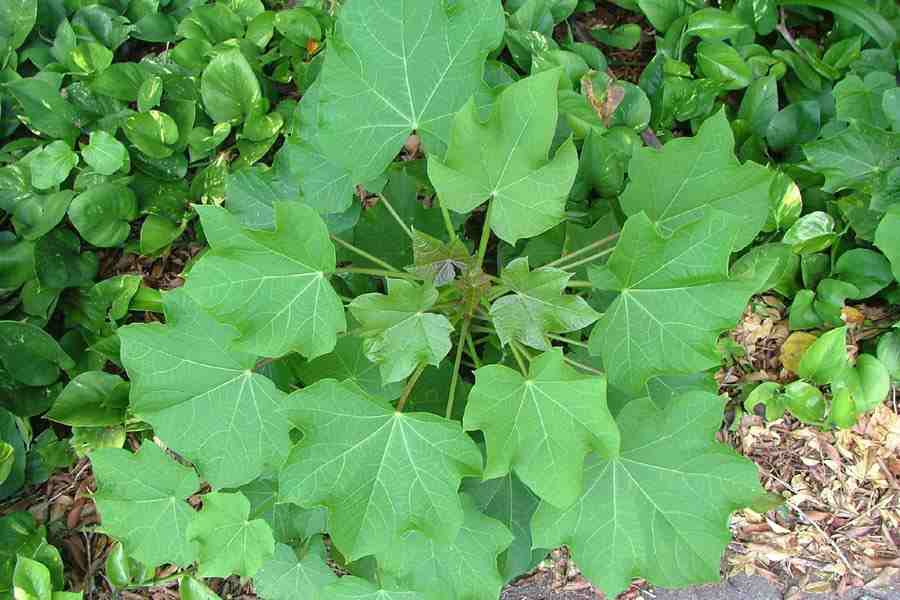
Mission NewEnergy Limited
Add a reviewOverview
-
Sectors Administrative Support
-
Posted Jobs 0
-
Viewed 42
Company Description
Desert ‘carbon Farming’ To Curb CO2
Desert ‘carbon farming’ to curb CO2
1 August 2013
Share
close panel
Share page
Copy link
About sharing
By Matt McGrath
Environment correspondent, BBC News
Scientists say that planting great deals of jatropha trees in desert areas could be an effective method of curbing emissions of CO2.
Dubbed “carbon farming”, researchers state the idea is economically competitive with high-tech carbon capture and storage tasks.
But critics say the concept could be have unpredicted, negative impacts including increasing food costs.
The research study has actually been released, external in the journal Earth System Dynamics.
Seeds of change
Jatropha curcas is a plant that came from Central America and is extremely well adapted to severe conditions including exceptionally dry deserts.
It is already grown as a biofuel, external in some parts of the world since its seeds can produce oil.
In this research study, German scientists revealed that a person hectare of jatropha could record as much as 25 tonnes of carbon dioxide from the environment every year. The scientists based their price quotes on trees presently growing in in Egypt and in the Negev desert.
“The results are frustrating,” said Prof Klaus Becker, from the University of Hohenheim in Stuttgart.
“There was excellent growth, a good response from these plants. I feel there will be no problem trying it on a much larger scale, for instance ten thousand hectares in the start,” he stated.
According to the scientists a plantation that would cover 3 percent of the Arabian desert would take in all the CO2 produced by automobiles and trucks in Germany over a 20 year period.
The researchers say that a vital component of the plan would be the availability of desalination centers. This means that at first, any plantations would be restricted to coastal areas.
They are hoping to develop larger trials in desert locations of Oman or Qatar. Prof Becker says that unlike other schemes that simply offset the carbon that individuals produce, the planting of jatropha could be a great, brief term solution to climate change.
“I think it is a great idea because we are really extracting carbon dioxide from the atmosphere – and it is entirely different between drawing out and avoiding.”
According to the researcher’s calculations the costs of curbing carbon dioxide by means of the planting of trees would be between 42 and 63 euros per tonne. This makes it competitive with other methods, such as the more high tech carbon capture and storage, external (CCS).
A number of nations are presently trialling this innovation, external however it has yet to be released commercially.
Growing jatropha not just takes in CO2 but has other benefits. The plants would help to make desert locations more habitable, and the plant’s seeds can be gathered for biofuel state the scientists, providing an economic return.
“Jatropha is ideal to be developed into biokerosene – it is even much better than biodiesel,” said Prof Becker.
But other experts in this area are not encouraged. They point to the fact that in 2007 and 2008 big numbers of jatropha trees were planted for biofuel, especially in Africa. But much of these endeavors ended in tears,, external as the plants were not very effective in handling dry conditions.
Lucy Hurn is the biofuels campaign manager for the charity, Actionaid. She says that while jatropha was once viewed as the great, green hope the truth was very various.
“When jatropha was presented it was seen as a miracle crop, it would grow on scrubland or minimal land,” she stated.
“But there are often people who need minimal land to graze their animals, they are getting food from that location – we would not class the land as marginal.”
She explained that jatropha is highly poisonous and can contaminate the land it is grown on, even in a desert. And she also had issues about the fairness of the idea.
“It is still somebody else’s land. Why go in and grow these massive plantations to deal with a problem these people didn’t in fact trigger?”
Follow Matt on Twitter, external.

‘Carpets of seaweed’ grown for fuel. Video, 00:03:05’Carpets of seaweed’ grown for fuel
1 July 2013
Biofuels are ‘illogical method’
Published

15 April 2013
Related web links
Universität Hohenheim
European Geosciences Union
The BBC is not accountable for the content of external websites.
